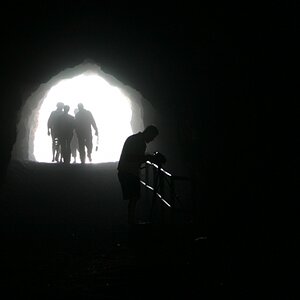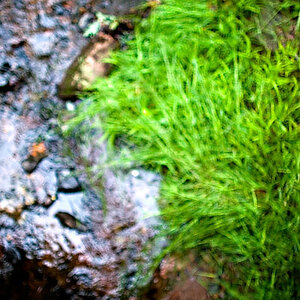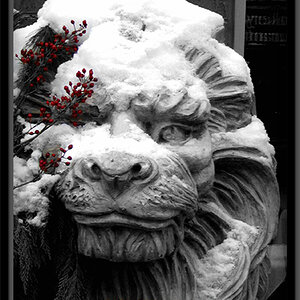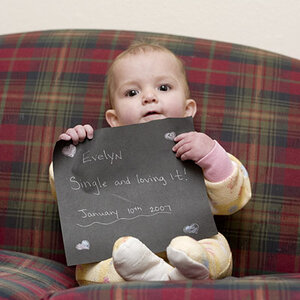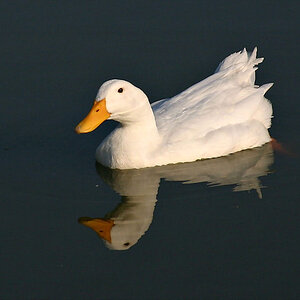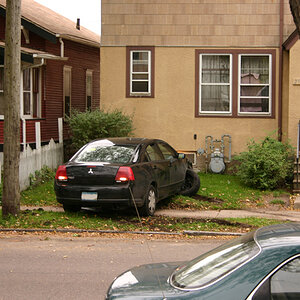Dubious Drewski
TPF Noob!
- Joined
- Jan 18, 2008
- Messages
- 909
- Reaction score
- 4
- Location
- Lethbridge, Alberta, Canada
- Can others edit my Photos
- Photos OK to edit
Let's say you're looking at a lens, say my kit 18-55. It's a f/3.5-5.6 lens. What is the clearest, most succinct way to describe to someone what that f/n number means?
I would describe it like so:
"f3.5 to f5.6 is a measurement of how much light is reduced before it reaches your camera. When the lens is at 18mm, the fStops are 3.5, and the physical amount of light is halved 3.5 times. At full focal length, f5.6, light is halved 5.6 times. (The reduction of light is nonlinear)"
Is this accurate?
Does the f/n number ever directly relate to the physical diameter of the aperture then? It doesn't sound like it necessarily does. Is it a combination of the focal length and the aperture then? If that's the case, then how is it possible to have a zoom lens with a fixed f/n value, like those fancy 2.8 lenses?
I would describe it like so:
"f3.5 to f5.6 is a measurement of how much light is reduced before it reaches your camera. When the lens is at 18mm, the fStops are 3.5, and the physical amount of light is halved 3.5 times. At full focal length, f5.6, light is halved 5.6 times. (The reduction of light is nonlinear)"
Is this accurate?
Does the f/n number ever directly relate to the physical diameter of the aperture then? It doesn't sound like it necessarily does. Is it a combination of the focal length and the aperture then? If that's the case, then how is it possible to have a zoom lens with a fixed f/n value, like those fancy 2.8 lenses?


 I'm going to remember to order it one of these days.
I'm going to remember to order it one of these days.

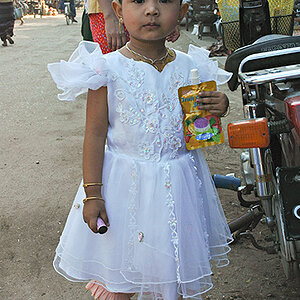
![[No title]](/data/xfmg/thumbnail/38/38726-c2f92932ae847f22fd6548bf87263976.jpg?1619738702)
